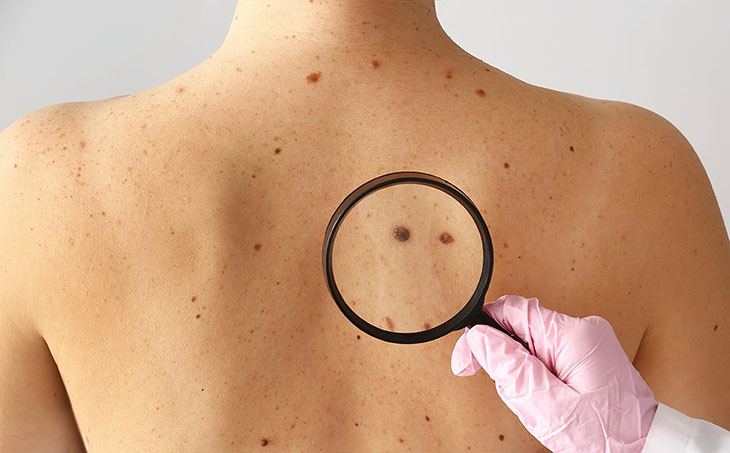9. Inconsistent Moles

You may have lived with a suspicious-appearing mole for a long time and assumed it was completely harmless. The truth is that skin cancers, such as melanoma, do not usually make their presence known; nonetheless, there are some early indicators that should be taken seriously. The greatest thing you can do is get familiar with the early indications of skin cancer, including melanoma, and be examined by your doctor or a skin cancer detection specialist if you see any of them. Your skin is always changing, which is quite normal. However, a change in the color, size, or form of a mole is typically a clue that something is wrong, even if the problem is not skin cancer. If a mole develops paler or darker, or if new and different colors occur in addition to the original color, it should be examined. A mole’s appearance does not immediately imply that it is malignant. However, most natural moles on the body resemble one another. Any mole that stands out from the others on your body in any manner is an Ugly Duckling that should be investigated further. Perhaps the perpetrator is larger (or smaller) than the others. It might be darker (or lighter) than your other moles. Or maybe it’s the only raised mark.
If it’s different, get it checked out by a dermatologist after you try detection through the Ugly Duckling test. This method is based on the idea that most normal moles on your body seem similar, however melanomas stick out like ugly ducklings in comparison. This emphasizes the necessity of not just looking for anomalies, but also comparing any suspicious location to nearby moles to see whether it appears different from its neighbors. These ugly duckling lesions, also known as outlier lesions, might be bigger, smaller, lighter, or darker than neighboring moles. Isolated lesions without any surrounding moles to compare them to are also dubbed ugly ducklings.



